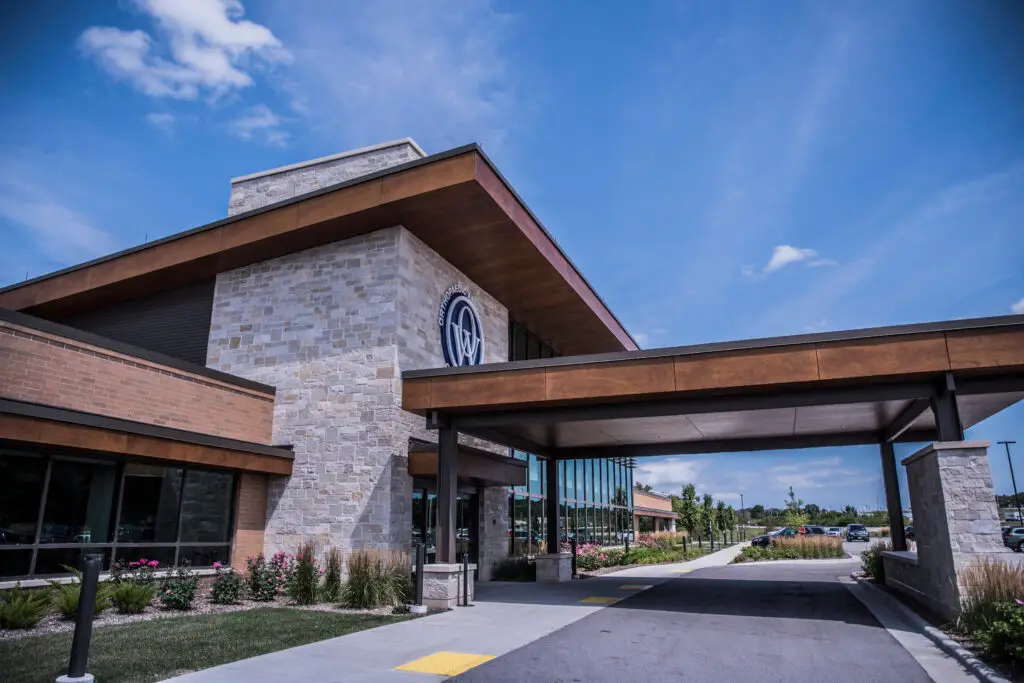Ankle and Foot Fractures
Surgical procedures for repairing torn ACLs and returning to athletic activity.
What Are Ankle and Foot Fractures?
Ankle and foot fractures refer to breaks in the bones of the lower extremity, including the tibia, fibula, talus, calcaneus, and the many smaller bones of the foot. These injuries can range from hairline cracks to complex, displaced fractures affecting joints, stability, and mobility.
Fractures may be caused by trauma, falls, sports injuries, or chronic stress on bones over time (stress fractures).
Common Types of Foot and Ankle Fractures
Ankle Fractures
Lateral malleolus fracture – Break of the fibula on the outer ankle.
Medial malleolus fracture – Inner side of the tibia.
Bimalleolar & Trimalleolar fractures – Involve two or three ankle bones; often unstable and require surgery.
Pilon fracture – A high-impact fracture of the lower tibia where it meets the ankle joint.
Foot Fractures
Metatarsal fractures – Common in athletes; can be stress or acute.
Calcaneal fracture – Heel bone; often caused by falls from height.
Talus fracture – Affects the bone connecting foot and leg; serious due to limited blood supply.
Jones fracture – Break at the base of the 5th metatarsal; often seen in runners.
Signs & Symptoms
You may have an ankle or foot fracture if you experience:
Sudden, sharp pain
Swelling and bruising
Difficulty bearing weight
Visible deformity or bone protrusion
A popping sound at the time of injury
Stress fractures may present with:
Gradual onset of localized pain
Tenderness to touch
Pain worsening with activity
Diagnosis and Imaging
At Orthopaedic Associates of Wisconsin, our specialists use:
X-rays for initial fracture assessment
MRI scan for complex or stress fractures
Weight-bearing imaging to assess joint stability
Treatment Options
Non-Surgical Treatment
Immobilization (walking boot, cast, brace)
Crutches or scooter to reduce weight-bearing
Pain management with NSAIDs
Physical therapy during recovery phase
Surgical Treatment
Surgery may be needed for:
Displaced or unstable fractures
Joint involvement
Non-healing stress fractures
Procedures may involve screws, plates, or rods to realign and stabilize bones.
Recovery Timeline
Healing time depends on the type and severity of the fracture:
Simple fractures: 6–8 weeks in a cast or boot
Surgical cases: 10–12+ weeks with rehabilitation
Stress fractures: 4–8 weeks of rest with gradual return to activity
Your care team will guide you through physical therapy, gait training, and long-term joint health.
Preventing Foot and Ankle Fractures
Wear supportive footwear
Cross-train to avoid overuse injuries
Gradually increase intensity in workouts
Maintain strong bones with calcium and vitamin D
Use proper technique during sports and lifting
When to See a Specialist
Prompt evaluation can prevent long-term complications like arthritis or deformity. Seek care if:
Pain persists more than a few days
You heard a snap or felt a shift
You cannot walk or stand comfortably
OUR FOOT AND ANKLE SPECIALISTS
Specialties:
Sports Medicine, Knee, Hip, Shoulder, Spine, Foot & Ankle, Elbow, Hand & Wrist
Specialties:
Knee, Shoulder, Sports Medicine, Foot & Ankle
Specialties:
Foot, Ankle, Knee & Sports Medicine
Ready to Take the Next Step Toward Relief?
If you’re experiencing foot or ankle pain, discomfort, or limited mobility, our orthopedic specialists are here to help. With advanced diagnostic tools and personalized treatment plans, we’re committed to getting you back on your feet. Request an appointment today and take the first step toward feeling better.





